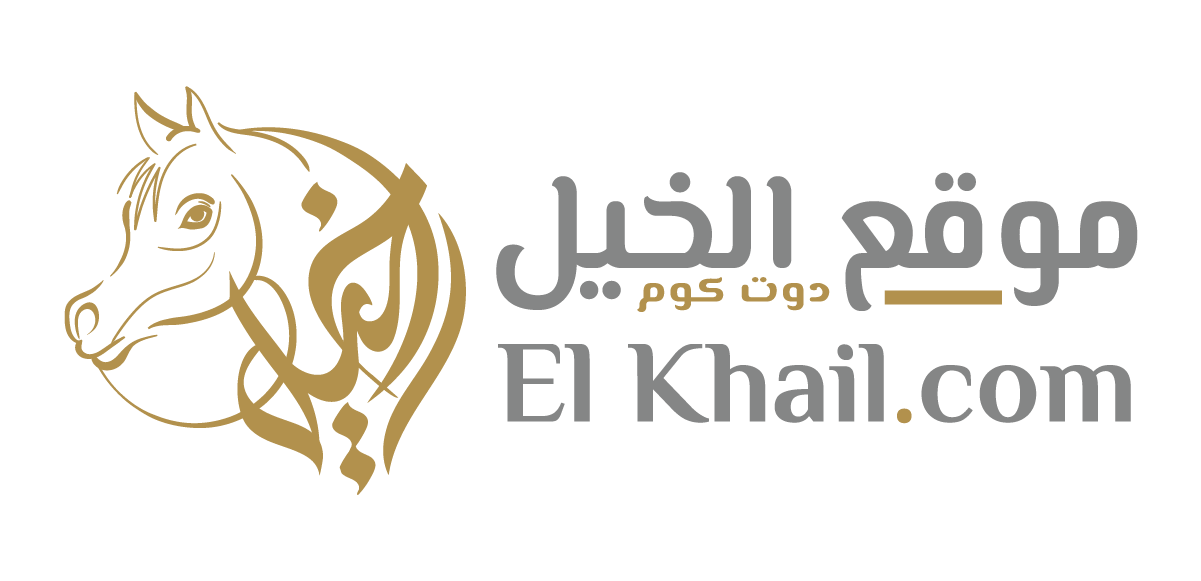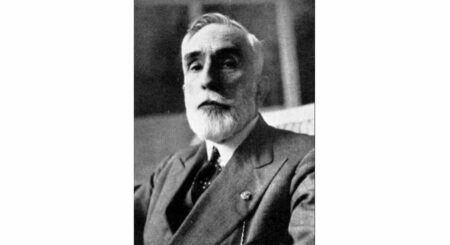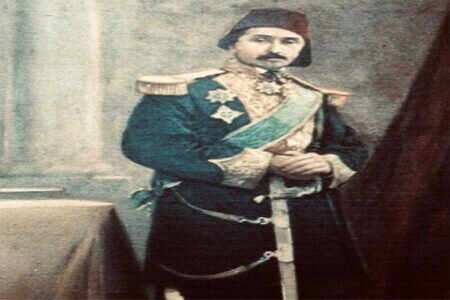Horse racing was based on a breeding committee consisting of 3 members, headed by the head of the Zahra station; This is in order to obtain a license to run in the race, and every dowry presented to the breeding committee has a file, and the horses were presented to the committee for observation. In the event of any doubt, the jockey rides the horse for a distance of between 200 and 400 metres. If the white flag is raised, it means that it will be postponed to another session for more confirmation. As for the green flag, it means accepting the horse and giving it permission to race. There was also an Appeal Committee, which consisted of 3 members, and was concerned with grievances, where the grievance was submitted to it, and it examined the horses.
And there were some English horses in Egypt, and they had certain runs.
During that period, breeders relied on the use of the horse in the race, and beauty contests did not exist like our present time. The finest horses came to Egypt from everywhere in the Arab countries, and during that period, Egypt became a huge center for horses selected from the Arabian Peninsula.

Permission for a horse to run in a race.
The horse is authorized to run in the race by the breeding committee, and it is allowed to run, and when winning three races, it is returned to the breeding committee, and it is not allowed to run until after it is presented to the committee after winning the fifth race. He has to be presented to the mentorship committee at the end of five years. On his leave, he is completely Arab horse, as happened with the Circassian horse.
Horse racing stages
Horse racing types, stages and degrees according to the age of the horse or the distances it travels, as follows:
Cheating Race: The horse begins to participate in the race at the age of 3 years, which is known as the Cheat race. Because the horse is the first time to participate in the race and has not won races before, and the distances are varied, there are different distances starting from 1000 meters and others 1200 meters. Because some horses tend to go long distances, Distance has been increased to 1400 metres. This distance is in the months of July and August, and the weight that the horse carries is 55 kilos for the mares and 75 kilos for the males. After the horse wins the race, it moves to the third division.
o Third Class Group Race: After the horse has won one race in the Chesham race, it is allowed to run in the third class group race; In order to be able to win two races, and after winning, he qualifies for the second degree. The horse in this group bears the weight of 50 kilograms for the winner of one race and 53 kilograms for the winner of two races, and the distance is from 1200 to 1400 meters, and after winning it is presented to the breeding committee.
o Second-class group race: After the horse wins two races in the third-class group race, it is allowed to run in the second-class group race, until it wins two races, and after winning it qualifies for the first class, and the horse in this group carries a weight of 50 kg and 53 kg, and the distance is Be from 1200 to 1600 meters.
After he wins two races in the second class, and the total of his wins becomes five races, he is presented to the coaching committee, and he moves to the first class.
First Class Group Race: It is a sprint of 1200 meters, and there are long distances of 2400 meters. And this race has a kind of balance. The horse that wins in the group is added a weight of 3 kilos to it, and if it wins the next time, 3 kilos are added to it again, and so on, there is a superior horse, and if the weight does not increase for it, it wins every time, increasing Weight is a form of balance.
The race has records of the participating horses, as well as the horses that have withdrawn. There is a page for each run in which the name of the horse, the degree, its owner, and weight are written.






